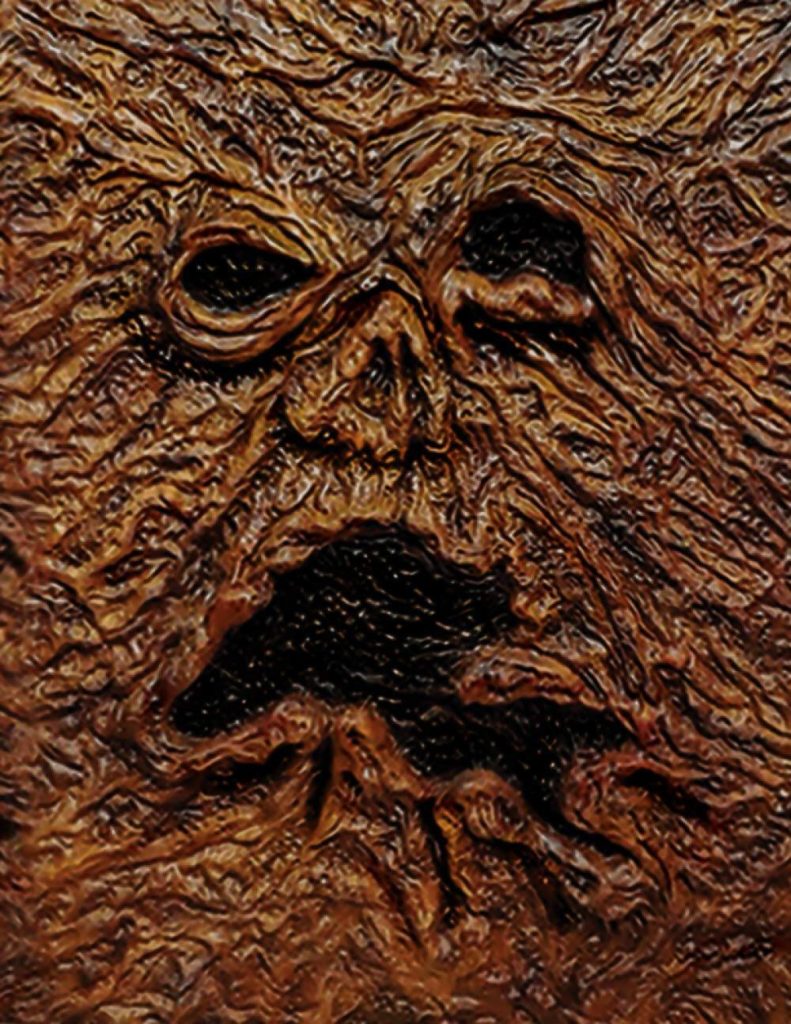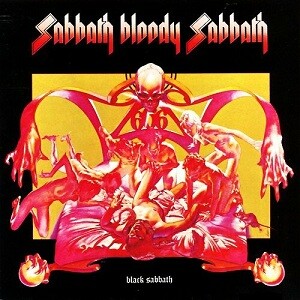Horror films and metal music were made for each other, born together in the fiery pits of human suffering as means of expressing its darkest urges and emotions. It can be hard to think of one without the other, and even harder to give credit to either without acknowledging the influence of its counterpart. In the flower-power era of the 1960s where heavy metal began, one of its founding fathers, the mighty Black Sabbath, named after Mario Bava’s 1963 horror anthology, set about bringing a new wave of pessimistic jams that arguably drew out an entire culture from dormancy.
While both metal and horror are spectrums within themselves, similar sensibilities are needed to enjoy both. It’s hard to be exposed to either entity without coming into contact with themes of death and misanthropy, often reaching levels of depravity that more mainstream art and media wouldn’t touch with a ten foot chainsaw.
Metal has evolved alongside horror, thematically and with people’s tolerance for gruesome violence and psychological intensity. While bands like Black Sabbath and Iron Maiden might be perfect cousins of classic horror such as The Devil Rides Out (1968) or House on Haunted Hill (1959), more modern subgenres such as Brutal Death Metal, Goregrind and Grindcore often include heavily morbid, shock-value themes and content in the same vein as old video nasties like Nightmares in a Damaged Brain (1981) or films considered ‘Torture Porn’ such as Hostel (2006). Indeed, these subgenres act as torture porn within themselves, often sporting lo-fi recordings of borderline-unintelligible blast-beats and gutteral screaming decorated with grotesquely gory artwork.

Death Metal has, since the baby steps of Death and Morbid Angel, been a particularly malevolent force in the metal world. Death’s The Sound of Perseverance (1998) and Morbid Angel’s Gateways to Annihilation (2000) both feature artwork of a Lovecraftian cosmic-horror calibre and deal lyrically, as Death Metal often does, with the negatives of mankind in epic and existential passages. Death Metal prominently features post-apocalyptic and subversive themes that draw huge influence from real world political and socio-economic issues and, while frequently fantastical and grandiose, always stays rooted in the nitty-gritty truths of the matter. Horror films most comparable to this include zombie flicks, tales of ancient gods and the balls-to-the-wall chaos of the Evil Dead series.
Early Black Metal bands of Norway seemed intent on bringing horror into the real world. Much of the subgenre is sadly nowadays tainted by stories of neo-naziism, church burnings and suicides, primiarily regarding the band Mayhem and the usage of a photograph of one member’s suicide as a bootleg album cover by another member. Those who do Black Metal well can invoke layer upon layer of suffocating auditory darkness; modern Black Metal bands such as Sxuperion and Darkspace match the cold vast of space in their harsh soundscapes while others stick to sounding as if they were recorded on an 8-track in a graveyard. Many urban legends have surfaced and rotated regarding Black Metal but one thing is for certain, the scene is a breeding ground for questionable moral frameworks and should be taken with a pinch of salt.

Sludge and Doom metal, while sonically similar in their abrasive walls of guitar fuzz and pounding drums, generally steer in far different directions of negativity. Sludge, regarding bands such as Grief and Resent generally keeps things in the real world, acting as the lethargically hateful younger brother of punk and expressing grounded societal fears and anguish, themes of war, famine and global disgust. Doom Metal shares in Sludge’s love for the overdriven riff, though it’s themes settle more in echoing the early days of Black Sabbath and its contemporaries. A classic Doom Metal album without sounds of church bells and wind howling, and artwork depicting graveyards and cult sacrifices, would be a rare find indeed.
One of the best chances to bring horror films into the metal world is through music videos. Bands like Meshuggah and Tool create unsettling stop-motion and live-action videos of almost Hellraiser-level creativity, with ambiguity reflecting the uncanny and eerie nature of their music. More extreme bands such as Aborted and Cattle Decapitation naturally lean towards more extreme music videos, often featuring levels of gore that would make Olaf Ittenbach blush. Many smaller, heavier bands have used the music video as an excuse for their own miniature horror movies, often with some of the best soundtracks.
While a wide range of horror films feature metal music, including Paganini Horror (1989), The Gate (1987), Black Roses (1988), Deathgasm (2015), Resident Evil (2002) and Dracula 2000 (2000), recent years see the inclusion of metal musicians in the creation of original soundtracks and even sound design within the films. The Devil’s Candy (2017) and Mandy (2018) both feature musician Stephen O’ Malley of Sunn 0))) (pronounced ‘sun’) in their heavy drone soundtracks, while he also provided the demonic voices circling the head of The Devil’s Candy’s lead antagonist. Indeed both of these films, along with the likes of Deathgasm can be seen as love-letters to metal in return for all of its generous tributes over the years.
The bond between metal and horror will only strengthen in our exploration of both areas. As long as there is negativity in the world, metal and horror will be there to comment, subvert and disgust where needs be.
Joe first knew he wanted to write in year six after plaguing his teacher’s dreams with a harrowing story of World War prisoners and an insidious ‘book of the dead’. Clearly infatuated with horror, and wearing his influences on his sleeve, he dabbled in some smaller pieces before starting work on his condensed sci-fi epic, System Reset in 2013.Once this was published he began work on many smaller horror stories and poems in bid to harness and connect with his own fears and passions and build on his craft.
Joe is obsessed with atmosphere and aesthetic, big concepts and even bigger senses of scale, feeding on cosmic horror of the deep sea and vastness of space and the emotions these can invoke. His main fixes within the dark arts include horror films, extreme metal music and the bleakest of poetry and science fiction literature.
He holds a deep respect for plot, creative flow and the context of art, and hopes to forge deeper connections between them around filmmakers dabbling in the dark and macabre.

